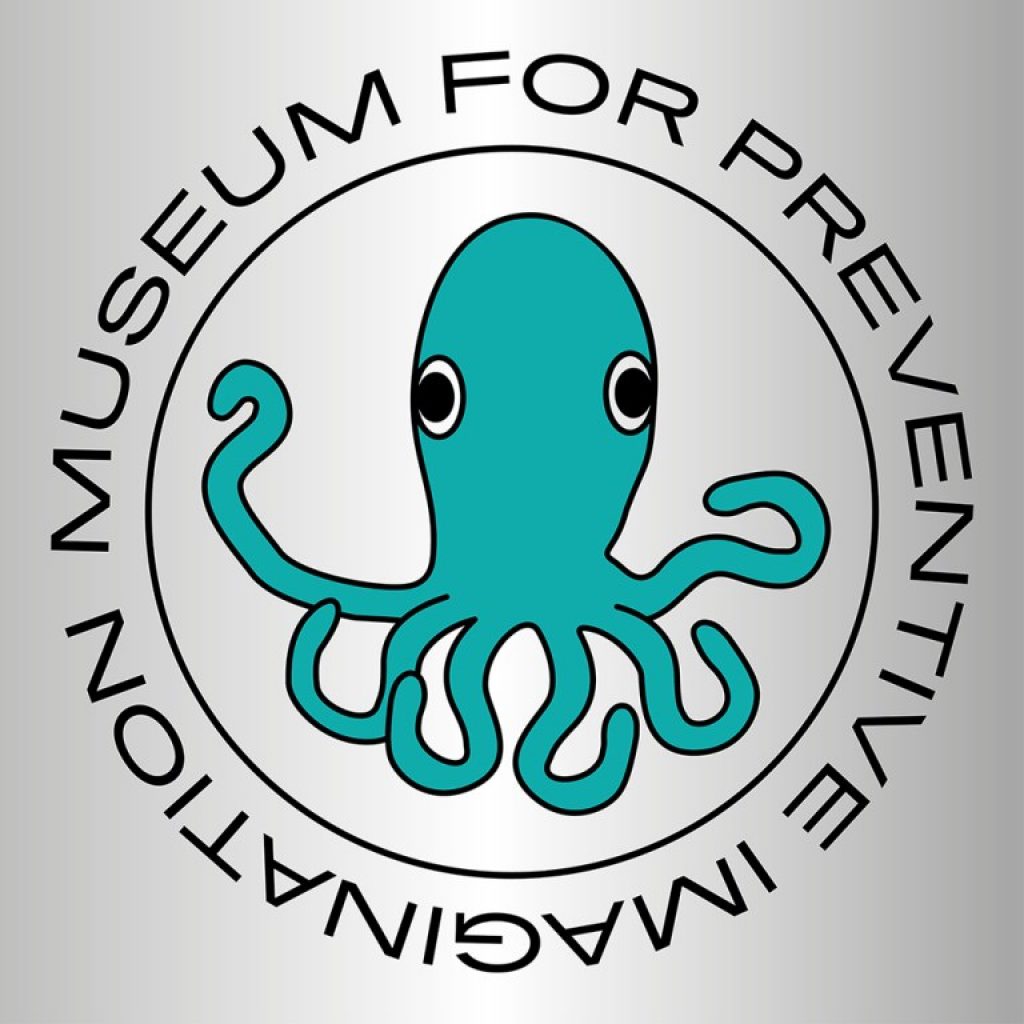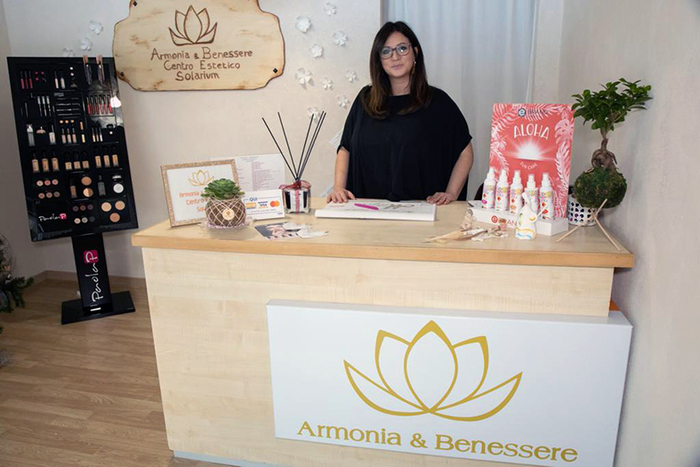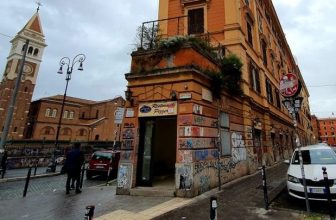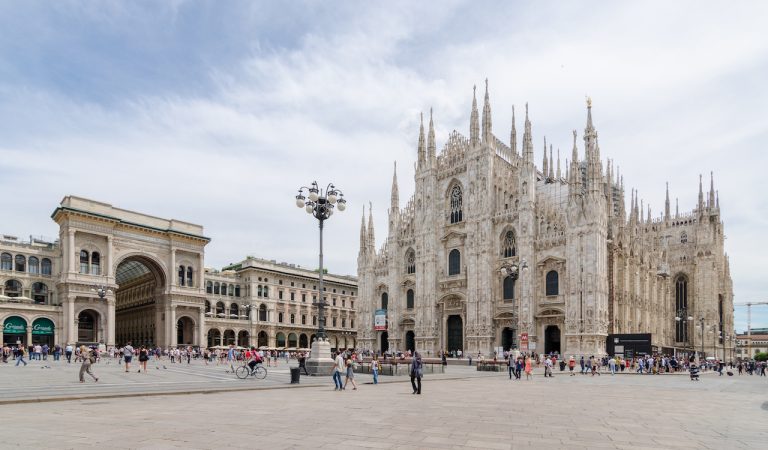
“The city up there was cooking the rage in its own traffic, in the broken buses already at nine in the morning. The forearms punctuated the insults from the open windows. On the side of the road, the brigade compiled fines that no one would ever pay ». In the very first lines of the recent The city of the living, Nicola Lagioia gives us an image - recurrent throughout the rest of the book - repulsive, suffocating, bordering on the apocalyptic, yet familiar to those who live in Rome by habit. The one told by Lagioia is a battered city, which foams resentment and frustration: Rome which, in 2016, was overwhelmed by floods, invasions of seagulls, mice and wild boars, garbage bags abandoned everywhere; Rome troubled by the brutal murder of the young Luca Varani; Rome wounded by the "Mafia Capitale" investigation.
Almost five years after that annus horribilis, things don't seem to have changed much. Rome still shows all its fragility on the eve of an uncertain and hard-fought electoral round, decisive for the future fate of the city. During an unfortunate year like 2020, however, the city has partially held up. Perhaps because the Covid-19 cleaver has been less relentless; sociality was not abruptly cut off as it happened in other "red areas". The mood remains low - how could it be otherwise at a time like this? - but in the meantime in recent months Rome seems to have temporarily shaken off an inferiority complex.
There is one area in which things seem to have done particularly well: contemporary art. Only a few years ago the situation was this: the Macro, the contemporary art museum, without a real direction from 2013 to 2019; the 2012 edition of the Quadriennale was even canceled due to lack of funds (leaving, for the first time since 1931, an eight-year gap); the exhaustion of some initiatives such as The Road to Contemporary Art fair or the sumptuous Terna Prize; in general, a widespread sense of abandonment and disinterest in the sector. For about two years, beyond the political slogans, the wind seems to have really changed. At all levels, from the institutional to the more underground.

Museum for the Preventive Imagination is the program of the new artistic director of MACRO Luca Lo Pinto: a single exhibition project conceived to develop organically until the end of 2022
It is not easy to establish in what succession the events occurred, nor what were the triggers of this partial rebirth. The appointment of Cesare Pietroiusti as President of the Palaexpo Special Company in the summer of 2018 could be one of them. Visual artist and animator of the Roman scene, Pietroiusti has given a multidisciplinary and international footprint to the programming of the Palazzo delle Esposizioni (the exhibition dedicated to the film is memorable Manifest by Julian Rosefeldt - the one with Cate Blanchett playing 13 different roles, so to speak -, as well as the retrospective dedicated to Jim Dine), giving a change of gear also to the other exhibition spaces - the Macro and the Slaughterhouse - which are part of the Palaexpo . For the Macro, after the swinging experiment of Macro Asilo, a new curator was chosen, Luca Lo Pinto, who, despite the general slowdown of museums, in 2020 has already hinted at considerable potential; for the second, instead, a dual use was chosen, given that the headquarters, in the Testaccio district, host both exhibitions and a high-level training course in the performing arts; in charge, the Spanish (but Roman by adoption) Angel Moya Garcia.
The Palazzo delle Esposizioni hosts in recent months Out, the 17th edition of the Quadrennial (currently on stand-by due to the closure of the museums), curated in tandem by Sarah Cosulich and Stefano Collicelli Cagol. A three-year mandate, during which Cosulich and Collicelli Cagol worked not only on the (beautiful and ambitious) exhibition that concludes their journey, but on a whole series of initiatives aimed at supporting and promoting Italian art, with particular attention to the under 35. In reality it is the whole Quadrennial institution that has shaken off a bit of dust, with the appointment in 2019 of a new Board of Directors, in which, in addition to the President Umberto Croppi and Fabio Mongelli, the attendance stands out by Lorenzo Gigotti, founder of the publishing house Black, and Valentina Tanni, teacher and essayist very sensitive to web cultures. These are recent appointments, but on paper capable of bringing oxygen to the rooms of the Quadriennale, which - speaking of architecture - in 2023 will find a new home in the imposing spaces of the Arsenale Clementino di Porta Portese (4 thousand square meters).
Among the initiatives that deserve a mention there is also CASTRO, which stands for Contemporary Art STudios Rome. Born in 2018 from an idea of the artist Gaia di Lorenzo, thirty years yet to be fulfilled and a London training, CASTRO offers Italian and international artists studios in the heart of Trastevere (in a district densely populated with galleries: T293, the Roman headquarters of Gavin Brown - now absorbed by Gladstone - Frutta, Ada). The artists, all very young and selected by an international jury, have the opportunity to stay in Rome for four months; some then decide to stop, integrating and giving life to the city's cultural scene. The project also includes a particularly intense public program, with meetings, workshops and animated public discussions open to all artists who want to show their work (the so-called Anglo-Saxon “crits”).
Then there are the independent realities, mostly managed by artists, born and raised in recent years. Their operational headquarters are located in non-central or even peripheral areas: Studioli in an indefinable complex of garçonnières in Tor di Quinto; Villa Lontana among the elegant villas of via Cassia; Chromatic number in San Lorenzo; Baleno al Pigneto. To these are added the three "Spaces", always managed by artists, halfway between studios and exhibition venues: Spazio Y in Quadraro, Spazio in Situ in Tor Bella Monaca, Spazio Mensa at the former Cartiera Salaria, in addition to the nascent Post Ex in Centocelle. Different from each other in terms of programming and objectives, as well as a certain marginality (distance mixed with laziness, in Rome, forms a lethal mix: "I would like to come, but how do I get there", we often hear people say), reality share an eccentric and experimental character. They give the Roman art scene an underground but pulsating vitality, divided between international openings and attention to the local context, between the desire for openness and the not too hidden desire to remain a niche. In short, there is something for all tastes.
Copyright © | rivistastudio.com







